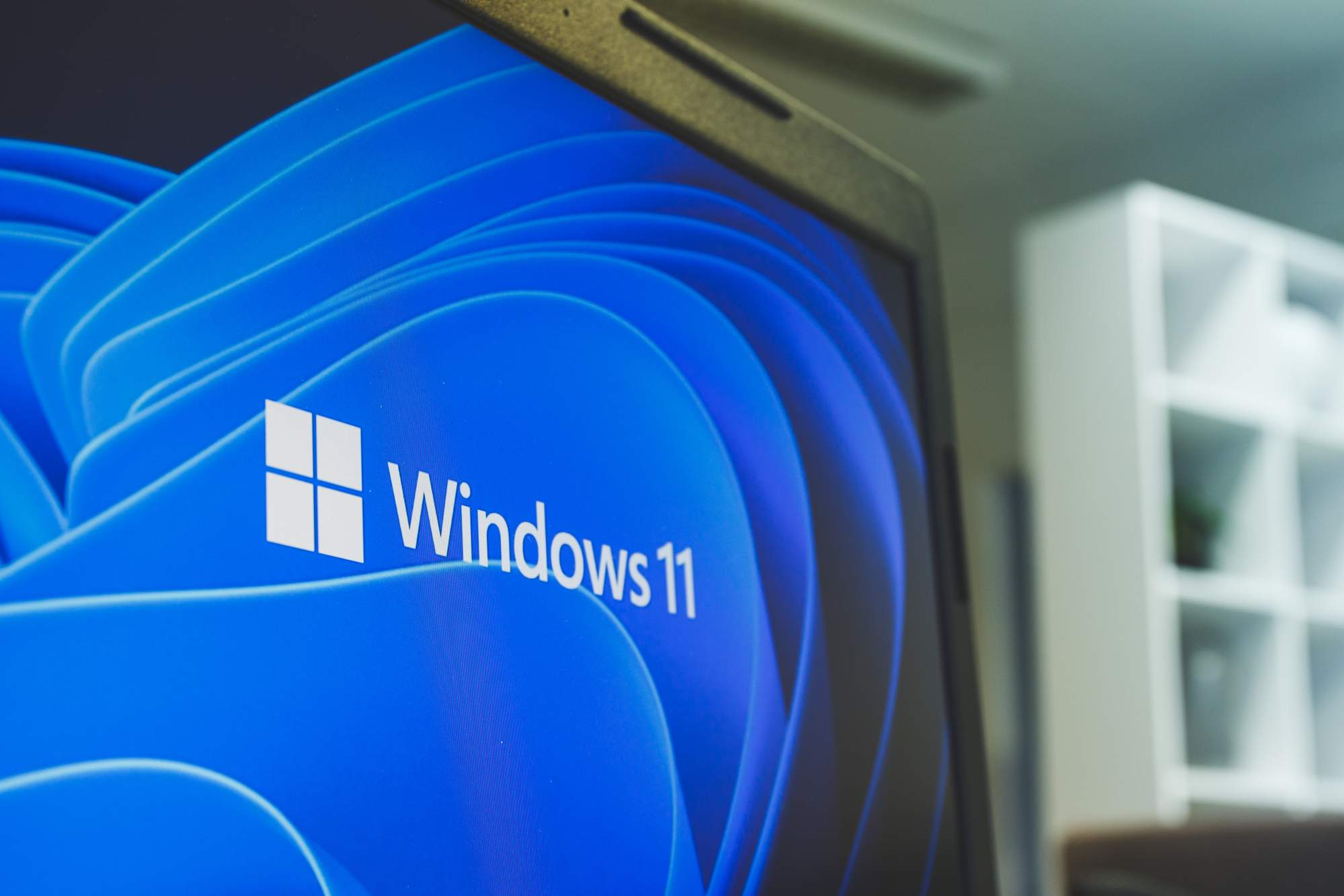
Blog / The End of Windows 10
Are you ready for Windows 11?
On October 14, 2025, Windows 10 will reach its End-of-Life (EoL). To be fair, that doesn’t sound troubling since it’s well over a year away still. But perhaps a better way to phrase the statement, at least when it comes to your computer fleet’s OS, would be to say that Windows 10 now has less than a year and a half before its EoL. Beyond then, further security updates will only be available if you pay for extended support, for which Microsoft has now published the official pricing guide.
Developers retiring previous versions of their software is nothing new. Microsoft offered extended security updates back when Windows 7 was retired, and even the costs are similar (with a marked exception for educational institutions). However, that’s where the similarities end, and the situation is notably different this time.
That difference is one of hardware. Previously, at least as far as the technical issues go, the biggest difference between versions was the amount of storage required. So although Windows 10 was an entirely new version of Microsoft’s flagship OS, and even though it required more computer resources than its predecessor, you could still run it, albeit slower, with the same machines. That meant you could upgrade to Windows 10 first, then update your hardware if necessary.
Unfortunately there’s a fairly major difference this time.
Windows 11 and the Trust Platform Module (TPM)
That difference is the Trust Platform Module (TPM), a microcontroller (microchip) that secures hardware via cryptographic keys integrated into it. It’s also the international standard for secure crypto processors. Used with features like Bitlocker, which encrypts your hard drive, TPMs are included on newer model CPUs, but not older ones, which is where the trouble arises; older computers without a TPM simply can’t use Windows 11 even if they meet all other system requirements. In worst case scenarios, depending on the model and even if you purchased them recently, you may need to replace your machines entirely to use Windows 11.
Take into consideration how much time is required for a detailed inventory of a fleet of PCs to determine which ones will need to be replaced, followed by delivery, installation, and configuration for each one, and you can see why a year and a half’s worth of lead time isn’t nearly as long as you might think. Furthermore, as October 14, 2025 draws ever closer, the rate of uptake among clients will likely increase substantially, and thus limit the availability of technicians. In other words, wait too long and you could find yourself stuck between operating systems, paying for Windows 10 support while waiting for the hardware and technician time needed to transition to Windows 11. The price tag may wind up being a lot higher than simply upgrading your operating system in advance.
If you’d like to discuss the Windows 11 update and how it may impact your organization, contact a TRINUS technician, and get yourself some stress-free IT.
This quote comes from Hamlet, “My necessaries are embark’d: farewell.”
Be kind to one another, courtesy your friendly neighbourhood cyber-man.

















